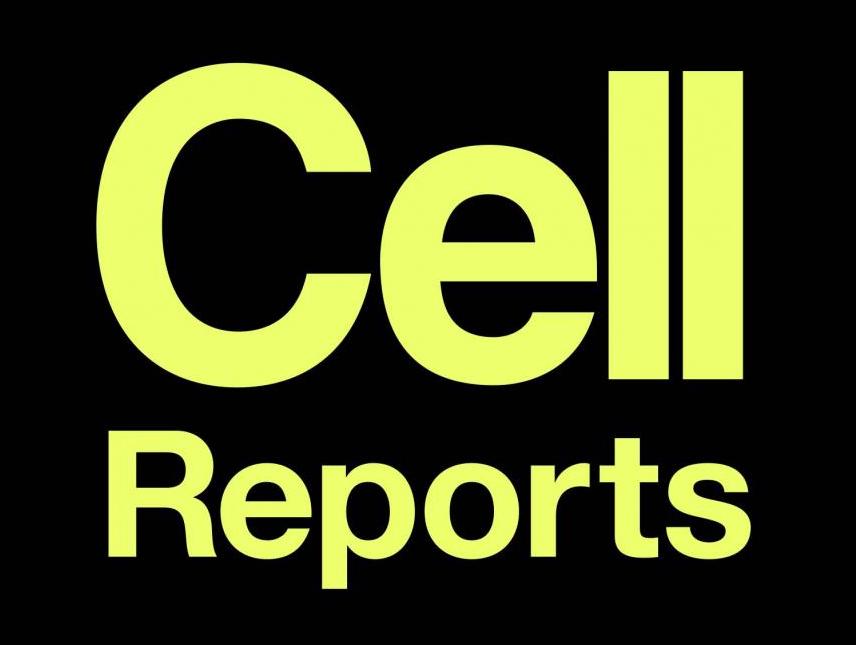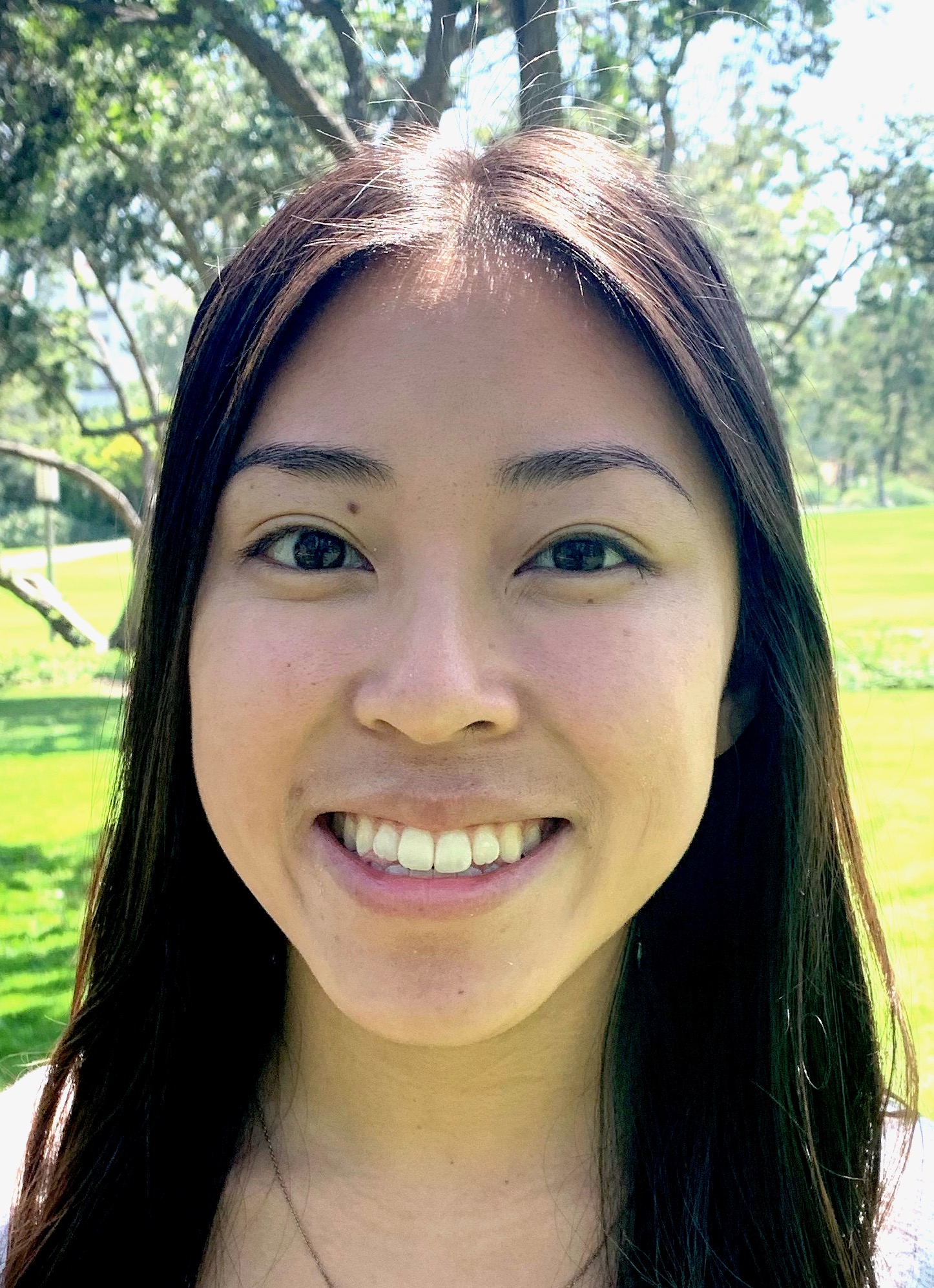News
-
12 2023
Congratulations to Dr. Emmanuel Dollinger on defending his thesis! Scott Atwood
 Emmanuel successfully defended his thesis to cap an extraordinary year. Emmanuel, weathering delays to start his defense, made masterful work presenting his research on single cell bioinformatic algorithm development and its application to immunity of basal cell carcinoma (BCC). The committee was happy to award Dr. Dollinger a doctorate for his impactful work, with Emmanuel carrying on an additional quarter to finish submitting more papers.
Emmanuel successfully defended his thesis to cap an extraordinary year. Emmanuel, weathering delays to start his defense, made masterful work presenting his research on single cell bioinformatic algorithm development and its application to immunity of basal cell carcinoma (BCC). The committee was happy to award Dr. Dollinger a doctorate for his impactful work, with Emmanuel carrying on an additional quarter to finish submitting more papers.
Emmanuel, a joint graduate student with Dr. Qing Nie, started his project with the idea of understanding why BCC does not interact with the immune system like other skin cancers despite similar cells of origin. He carefully built an understanding of single cell bioinformatics to study this problem and quickly realized that existing methods do not have acceptable statistical models for feature selection, an important part of clustering cells with similar expression patterns. He developed a program called BigSur to overcome this issue and used it to define BCC-immune cell interactions in comparison to squamous cell carcinoma (SCC). Using mouse models of BCC progression, he demonstrated that the difference between BCC and SCC interations with the immune system is due to intrinsic signaling differences that cannot be overcome my mere immune cell abundance. This work has major implications for how we develop immunotherepies for BCC and other cancers.
We wish you the best going forward and will be excited to see your next discoveries! -
9 2023
Cell Reports published our collaborative work defining sebaceous gland self-renewal and regeneration with the Wong lab Scott Atwood
 Sebaceous glands (SGs) release oils that protect our skin, but how these glands respond to injury has not been previously examined. Here, we report that SGs are largely self-renewed by dedicated stem cell pools during homeostasis. Using targeted single-cell RNA sequencing, we uncovered both direct and indirect paths by which resident SG progenitors ordinarily differentiate into sebocytes, including transit through a Krt5+PPARg+ transitional basal cell state. Upon skin injury, however, SG progenitors depart their niche, re- epithelialize the wound, and are replaced by hair-follicle-derived stem cells. Furthermore, following targeted genetic ablation of >99% of SGs from dorsal skin, these glands unexpectedly regenerate within weeks. This regenerative process is mediated by alternative stem cells originating from the hair follicle bulge, is depen- dent upon FGFR2 signaling, and can be accelerated by inducing hair growth. Altogether, our studies demon- strate that stem cell plasticity promotes SG durability following injury.
Read More PDF bioRxiv
Sebaceous glands (SGs) release oils that protect our skin, but how these glands respond to injury has not been previously examined. Here, we report that SGs are largely self-renewed by dedicated stem cell pools during homeostasis. Using targeted single-cell RNA sequencing, we uncovered both direct and indirect paths by which resident SG progenitors ordinarily differentiate into sebocytes, including transit through a Krt5+PPARg+ transitional basal cell state. Upon skin injury, however, SG progenitors depart their niche, re- epithelialize the wound, and are replaced by hair-follicle-derived stem cells. Furthermore, following targeted genetic ablation of >99% of SGs from dorsal skin, these glands unexpectedly regenerate within weeks. This regenerative process is mediated by alternative stem cells originating from the hair follicle bulge, is depen- dent upon FGFR2 signaling, and can be accelerated by inducing hair growth. Altogether, our studies demon- strate that stem cell plasticity promotes SG durability following injury.
Read More PDF bioRxiv
-
8 2023
Congratulations to Dr. Kirsten Wong on defending her thesis! Scott Atwood
 Kirsten successfully defended her thesis this summer after a remarkably short time in graduate school. Kirsten held court in the basement of Natural Sciences I and presented her work on immune regulation of basal cell carcinoma (BCC) progression and regression. The committee was happy to award Dr. Wong a doctorate for her impactful and foundational work.
Kirsten successfully defended her thesis this summer after a remarkably short time in graduate school. Kirsten held court in the basement of Natural Sciences I and presented her work on immune regulation of basal cell carcinoma (BCC) progression and regression. The committee was happy to award Dr. Wong a doctorate for her impactful and foundational work.
Kirsten started her project from scratch and made profound discoveries on how lymphocytes regulated tumor progression and regression in a mouse model of BCC. She characterized the growth and regression of tumors and found a massive immune response as tumors transitioned from growth to regression. Using single-cell RNA-sequencing, she characterized the immune environment and inferred cell-cell signaling that drove her subsequent experiments where she found that lymphocytes played a cytotoxic role but were not the driving force behind tumor regression. Instead, lymphocytes were vital for tumor growth, a surprising discovery that have profound implications for future studies. In parallel work, she different mouse models of BCC to discover that an isoform of aPKC drives tumor growth in the absence of primary cilia, an organelle previously through to be absolutely required for Hedgehog signaling in vertebrates. This work has major implications for how we investigate future signaling pathways in BCC and provides alternative routes to treat BCC patients.
Kirsten will be missed. Good luck on your new adventures and know that we will always be supporting you! -
8 2023
Congratulations to Dr. Adam Stabell on defending his thesis! Scott Atwood
 Adam successfully defended his thesis this summer after a productive tenure with the lab. Adam demonstrated remarkable knowledge of human skin equivalent (HSE) organoids and how they compare to in vivo tissue. Despite a hybrid presentation that increased logistical challenges, Adam proved his right to a PhD and his dissertation committee was happy to agree that Dr. Stabell earned this prestigious degree.
Adam successfully defended his thesis this summer after a productive tenure with the lab. Adam demonstrated remarkable knowledge of human skin equivalent (HSE) organoids and how they compare to in vivo tissue. Despite a hybrid presentation that increased logistical challenges, Adam proved his right to a PhD and his dissertation committee was happy to agree that Dr. Stabell earned this prestigious degree.
Adam pursued his passion on stem cells and used singe-cell RNA-sequencing as a tool to understand how epidermal stem cells created and maintained skin in both the in vivo context and in HSE organoids. He made the discovery that HSE organoids consist of similar cell states found in in vivo tissue, but also developed organoid unique states that reflected the culturing environment they were grown in. He identified ways to modify culturing conditions that modulated the organoid-specific cell states and discovered that hypoxia can improve aspects of organoid culturing. These discoveries are the foundation to building better organoids that may one day be routinely used as patient grafts.
Adam will be missed. Good luck on your new adventures and know that we will always be supporting you! -
6 2023
Congratulations to Nicholas Bradbury on defending his Master's thesis! Scott Atwood
 Nick successfully defended his Master's thesis, demonstrating an expertise of psoriasis biology and how primary cilia influences this disease on a long running project.
Nick successfully defended his Master's thesis, demonstrating an expertise of psoriasis biology and how primary cilia influences this disease on a long running project.
Nick defined the connection between primary cilia, the immune system, and psoriasis. He performed a number of mouse and drug studies that validated how Hedgehog signaling and aPKC influenced the process. Amazing work!
Congratulations and good luck in graduate school. You are always welcome back and know that we will always be supporting you! -
5 2023
Cell Reports published our work defining human skin equivalent organoids at single cell resolution Scott Atwood
 Several methods for generating human skin equivalent (HSE) organoid cultures are in use to study skin biology, however, few studies thoroughly characterize these systems. To fill this gap, we use single cell transcriptomics to compare in vitro HSEs, xenograft HSEs, and in vivo epidermis. By combining differential gene expression, pseudotime analyses, and spatial localization, we reconstruct HSE keratinocyte differentiation trajectories that recapitulate known in vivo epidermal differentiation pathways and show that HSEs contain major in vivo cellular states. However, HSEs also develop unique keratinocyte states, an expanded basal stem cell program, and disrupted terminal differentiation. Cell-cell communication modeling shows aberrant EMT-associated signaling pathways that alter upon EGF supplementation. Lastly, xenograft HSEs at early timepoints post-transplantation significantly rescue many in vitro deficits, while undergoing a hypoxic response that drives an alternative differentiation lineage. This study highlights the strengths and limitations of organoid cultures and identifies areas for potential innovation.
Read More PDF bioRxiv
Several methods for generating human skin equivalent (HSE) organoid cultures are in use to study skin biology, however, few studies thoroughly characterize these systems. To fill this gap, we use single cell transcriptomics to compare in vitro HSEs, xenograft HSEs, and in vivo epidermis. By combining differential gene expression, pseudotime analyses, and spatial localization, we reconstruct HSE keratinocyte differentiation trajectories that recapitulate known in vivo epidermal differentiation pathways and show that HSEs contain major in vivo cellular states. However, HSEs also develop unique keratinocyte states, an expanded basal stem cell program, and disrupted terminal differentiation. Cell-cell communication modeling shows aberrant EMT-associated signaling pathways that alter upon EGF supplementation. Lastly, xenograft HSEs at early timepoints post-transplantation significantly rescue many in vitro deficits, while undergoing a hypoxic response that drives an alternative differentiation lineage. This study highlights the strengths and limitations of organoid cultures and identifies areas for potential innovation.
Read More PDF bioRxiv
-
1 2023
Nature Methods published our collaborative work on spatially mapping intracellular communication spearheaded by the Nie lab Scott Atwood
 Spatial transcriptomic technologies and spatially annotated single-cell RNA sequencing datasets provide unprecedented opportunities to dissect cell–cell communication (CCC). However, incorporation of the spatial information and complex biochemical processes required in the reconstruction of CCC remains a major challenge. Here, we present COMMOT (COMMunication analysis by Optimal Transport) to infer CCC in spatial transcriptomics, which accounts for the competition between different ligand and receptor species as well as spatial distances between cells. A collective optimal transport method is developed to handle complex molecular interactions and spatial constraints. Furthermore, we introduce downstream analysis tools to infer spatial signaling directionality and genes regulated by signaling using machine learning models. We apply COMMOT to simulation data and eight spatial datasets acquired with five different technologies to show its effectiveness and robustness in identifying spatial CCC in data with varying spatial resolutions and gene coverages. Finally, COMMOT identifies new CCCs during skin morphogenesis in a case study of human epidermal development.
Read More PDF bioRxiv
Spatial transcriptomic technologies and spatially annotated single-cell RNA sequencing datasets provide unprecedented opportunities to dissect cell–cell communication (CCC). However, incorporation of the spatial information and complex biochemical processes required in the reconstruction of CCC remains a major challenge. Here, we present COMMOT (COMMunication analysis by Optimal Transport) to infer CCC in spatial transcriptomics, which accounts for the competition between different ligand and receptor species as well as spatial distances between cells. A collective optimal transport method is developed to handle complex molecular interactions and spatial constraints. Furthermore, we introduce downstream analysis tools to infer spatial signaling directionality and genes regulated by signaling using machine learning models. We apply COMMOT to simulation data and eight spatial datasets acquired with five different technologies to show its effectiveness and robustness in identifying spatial CCC in data with varying spatial resolutions and gene coverages. Finally, COMMOT identifies new CCCs during skin morphogenesis in a case study of human epidermal development.
Read More PDF bioRxiv
- Previous Older posts